Jeju Air: Two days, two incidents, same type of plane, is this a coincidence?
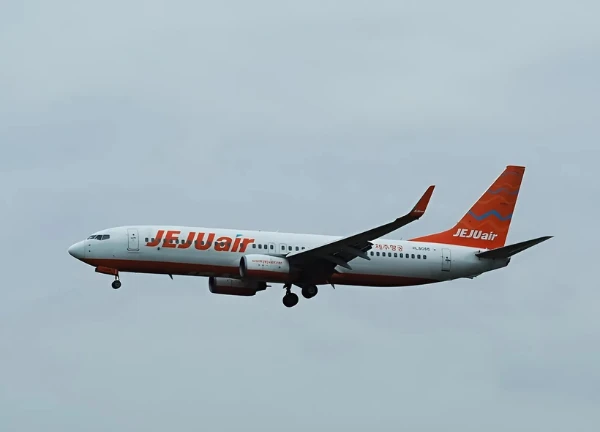
1 | 0 Discuss | Share
After the serious South Korean plane crash, experts around the world have been searching for the reason why wild birds have become the 'enemy' of pilots and what to do to avoid unfortunate incidents like those in South Korea from happening again.
After the tragedy of a Jeju Air plane that exploded while landing in South Korea on Dec. 29, killing 179 of the 181 people on board, officials said they were investigating potential causes, including a landing gear malfunction and a collision with a bird.
According to the New York Times, plane crashes into wildlife are not uncommon and most incidents do not result in serious injuries or injuries. However, between 1988 and 2023, wildlife collisions involving civilian and military aircraft have killed 76 people in the U.S., according to a Federal Aviation Administration report published in June this year. Most of those collisions involve birds, but the Federal Aviation Administration's definition of wildlife collisions also includes coyotes, deer, and bats.
Miracle on the Hudson River
On January 15, 2009, US Airways Flight 1549, piloted by Captain Chesley "Sully" Sullenberger, suffered a serious crash just minutes after taking off from LaGuardia Airport in New York. The Airbus A320 is believed to have hit a flock of Canadian geese at an altitude of about 914 meters, causing both General Electric CFM56 engines to completely fail.
In an emergency, Captain Sullenberger decided to make an emergency landing on the Hudson River, rather than trying to turn around or land at the nearest airport. As a result, the close coordination and great skill of the whole crew saved the lives of all 155 passengers and crew on board.
The event, known as the "Miracle on the Hudson River," has become a symbol of calm and professionalism in the aviation industry. After the incident, Captain Sullenberger was hailed as a hero and the story was adapted into the movie "Sully" (2016).
The collision at a record height
On November 29, 1973, a collision occurred when an Air Ivory Coast flight was at an altitude of 11,277 meters in the sky over West Africa. A loud noise suddenly appeared as the plane was flying over the area, causing the crew to suspect a problem with the engine. Fortunately, however, the plane had only some slight shaking, and everything remained in orbit.
After landing, technicians found the remains of a bird in the engine and determined it was a Rüppell vulture, the highest flying bird in the animal kingdom, with a record of up to 11,000 meters. Although the incident did not cause casualties, it shed light on the danger that wild birds can pose to aircraft. It is also a warning about the complexity of wildlife management in the industry.
Disaster in Boston
On October 4, 1960, Eastern Air Lines Flight 375 encountered one of the worst bird collisions in history. The Lockheed L-188 Electra plane at that time collided with a flock of starlings while taking off from Logan Airport in Boston (USA). The collision lost thrust in three of the four engines, making the pilot unable to control the aircraft.
The plane crashed into Winthrop Bay, just seconds after leaving the runway. Of the 72 people on board, 62 have died. This incident has led to major changes in engine design and wildlife control measures at airports.
Currently, flocks of starlings are often chased away by various measures such as using sound or flares before the plane takes off or lands.
Tragedy in Ethiopia
On September 15, 1988, Ethiopian Airlines Flight 604 took off from Bahir Dar, Ethiopia when it hit a flock of pigeons shortly after leaving the runway. Many birds were sucked into the No. 2 engine, causing a large fire in this part and the plane lost control.
Although the pilot attempted to return to the airport for an emergency landing, the plane was unable to reach the required altitude and crashed into a nearby field. Of the 104 people on board, 35 died. This incident underscores the risk that even small birds such as pigeons can pose to aviation safety.
Emergency landing on the cornfield
On August 15, 2019, Ural Airlines flight 178 encountered a swarm of seagulls after taking off from Zhukovsky International Airport, near Moscow (Russia). The bird damaged both engines, forcing the crew to make an emergency landing in a cornfield just a few kilometers from the airport.
Thanks to the excellent skills of captain Damir Yusupov and the support of the crew, all 233 passengers and crew survived. Some people suffered only minor injuries. After the incident, Captain Yusupov was hailed as a hero, and the incident was likened to another version of the "Miracle on the Hudson River."
Why are wild birds the 'life' of pilots?
According to experts, in theory, large planes can still continue to fly after colliding with birds weighing up to 2kg. However, in many cases, when birds hit the plane, they can be sucked into the engine and break the propellers. After the broken propeller is sucked deep inside the engine and damages other parts. The greater the speed difference between the plane and the bird, the more frightening the impact of the collision on the aircraft. A flock of birds will become more dangerous if they crash into the plane repeatedly.
To minimize this risk, Mr. Pham Ngoc Sau said that there needs to be close coordination between management agencies, local authorities and residential communities. Local authorities should propagate so that people understand the harm of raising birds near the airport, and at the same time limit food sources to attract birds such as raising fish and shrimp in ponds, lakes, and lagoons at both ends of the take-off and landing roads.
"In the airport area, operators need to strictly follow the bird and wildlife control manual. Measures such as mowing the flight area, covering the lake with nets, and using audio or visual bird repellents should be implemented regularly. However, because birds can get used to repelling measures, it is necessary to constantly learn and apply more optimal solutions to ensure flight safety.
When the frequency of collisions increases or exceeds the permissible threshold, additional measures should be taken immediately. This is not only the responsibility of airport operators but also the necessary contribution of the whole community to protect the safety of flights," Mr. Sau informed.
Currently, the control of birds and wild animals at airports in Vietnam is implemented very well and methodically, and is very strictly controlled by the Civil Aviation Authority of Vietnam. Local authorities around the airport are also aware of the risks of colliding with wild birds, so they often coordinate very well in propaganda about aviation safety.
Korean plane tragedy: Only 2 survivors, DNA comparison reveals shocking findings?  Minh Lan10:30:40 30/12/2024Of the 181 people on board the Jeju Air plane in the Korean air disaster, only two flight attendants miraculously survived. Among the passengers was a 3-year-old boy.
Minh Lan10:30:40 30/12/2024Of the 181 people on board the Jeju Air plane in the Korean air disaster, only two flight attendants miraculously survived. Among the passengers was a 3-year-old boy.

1 | 0 Discuss | Share

1 | 1 Discuss | Share
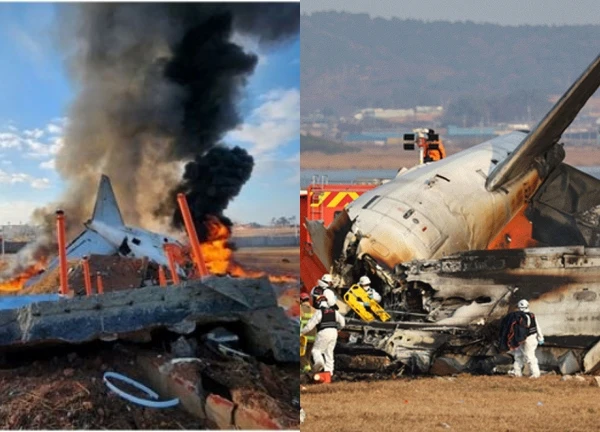
2 | 0 Discuss | Share

2 | 0 Discuss | Share

2 | 1 Discuss | Share

1 | 1 Discuss | Share
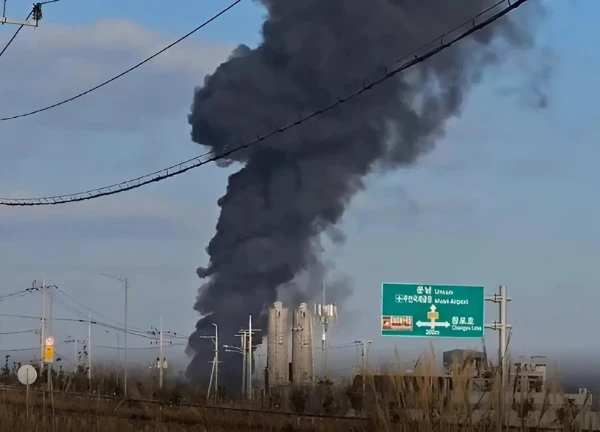
2 | 0 Discuss | Share

4 | 1 Discuss | Share

4 | 1 Discuss | Share
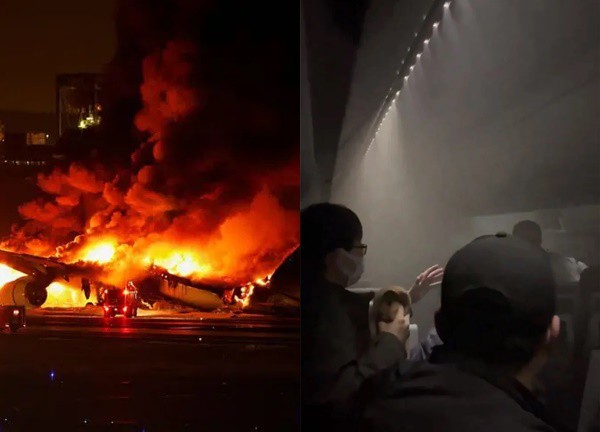
4 | 1 Discuss | Share
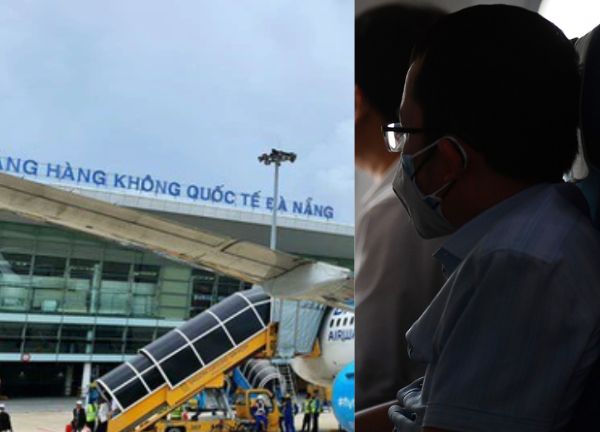
2 | 0 Discuss | Share

2 | 0 Discuss | Share










2 | 0 Discuss | Report